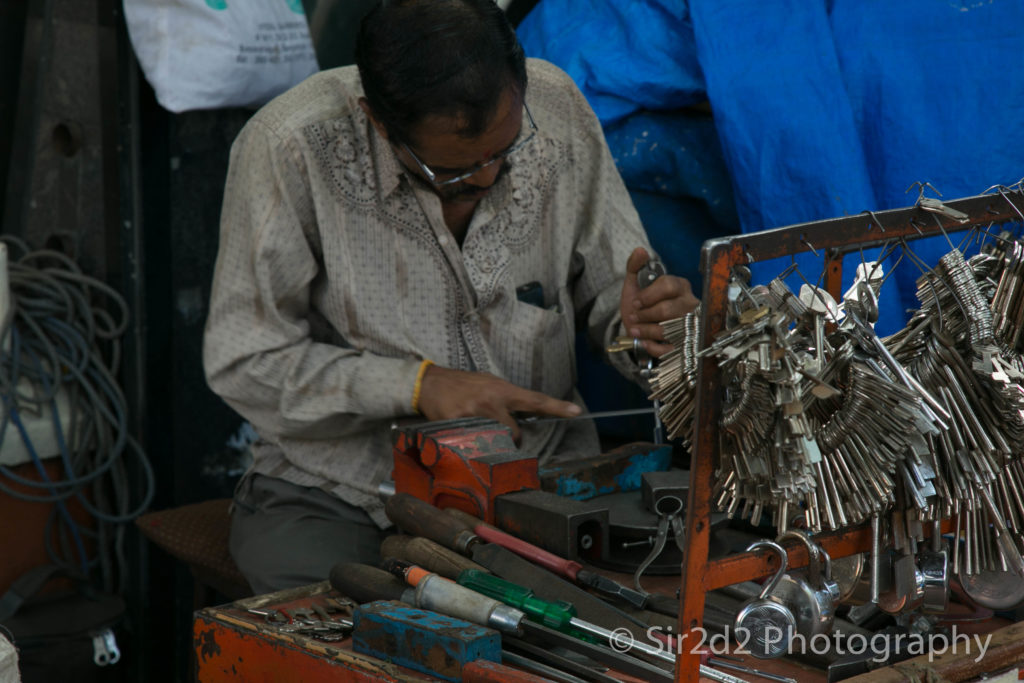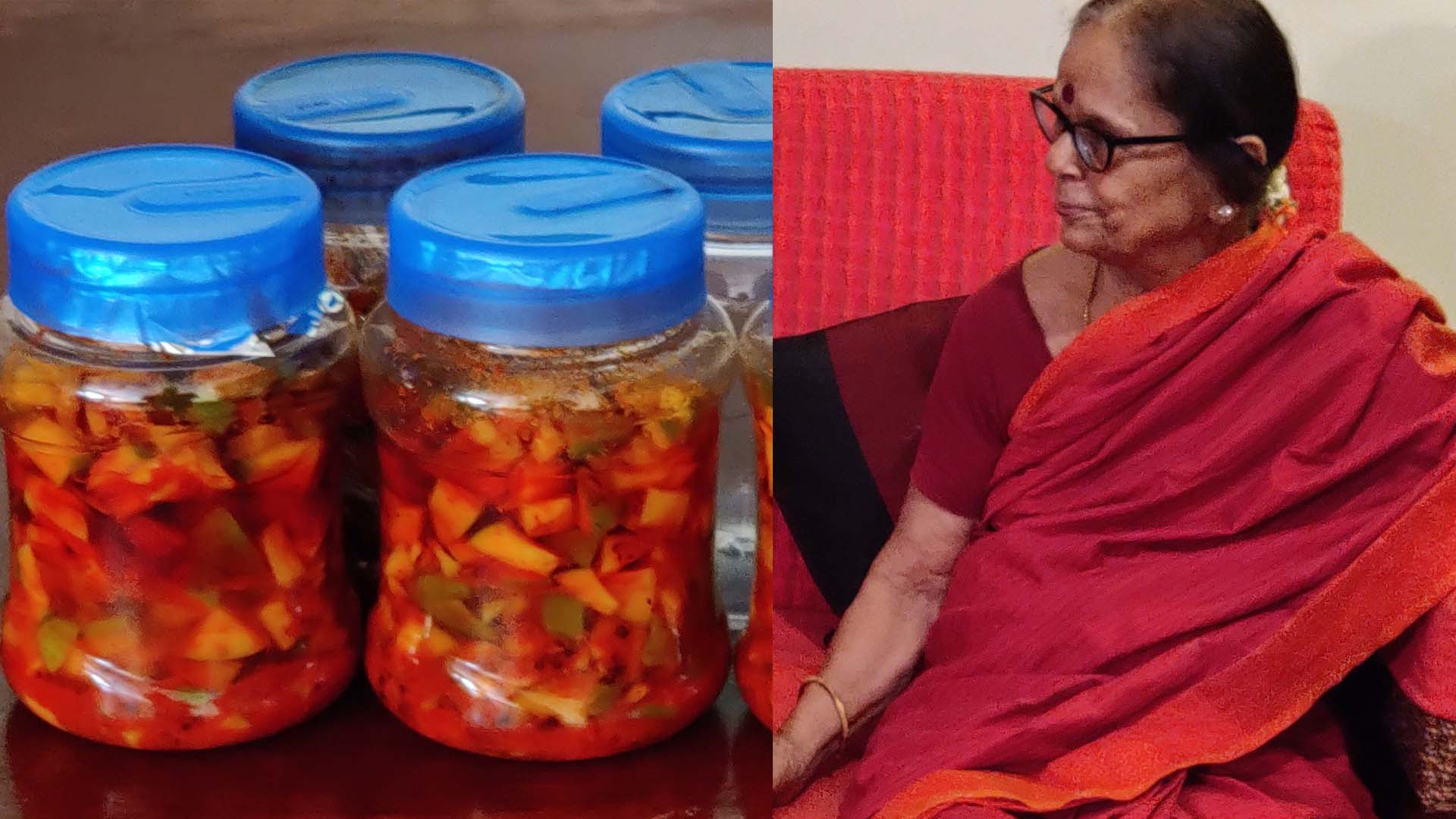Since November 8th last year, dependence of our economy on cash has been gnawing at all discourses in India. The eventual argument in favour of demonetisation is Digitisation of payments. There has been a lot of push from the government.
Transaction charges were reduced till 31st March; banks were given targets to get PoS devices installed; there were nice advertisements to promote digital payments and the PM launched Aadhaar Pay, a new payments platform. Broad categories of payments that need to be digitised are Govt./Employer to Person- Salaries, Pensions, Subsidies etc.; Person-to-Person; Person-to-Merchant; Merchant-to-Merchant or Business-to-business; Bank-to-Person/Business i.e. Banks or NBFC lending and repayment.
MSME hold the key
While some of these streams are running via bank accounts, large segments are still cash dependent. The MSME segment is a big hole in India’s digital middle. India has a huge base of MSME businesses – over 45 million. Of these, nearly 40 million are micro-enterprises and of these about 15 million are small merchants. Most of their input purchases, wage payments and sales are done in cash. While some of these may have got bank accounts, they are happy dealing in cash and staying out of the tax regime. Of India’s $600b worth of consumption 94% is in cash.
This is where our problem lies.
My argument is to address this problem with lending. Most of these enterprises have no access to formal lending. They are, often, un-banked proprietorships. They may have some sort of savings account, but that does not allow them borrowing. They have no trail of transactions to build credible cash-flows; most of these businesses are on rented premises, so have no collateral to offer.
Imagine the congested East Delhi with its multitude of manufacturing units. Ultra small, employing 3 to 5 people, in dingy unhygienic conditions; toxic polluting waste flowing through open drains into the Yamuna. These people buy in cash, sell in cash and borrow cash. They have no need to get digitised.
But all of them need money, though!
Building an alternative to the informal lending sector
The local moneylender is happy to lend to them. He needs no collateral, no cash flow, no bank account; only muscle. He lends at usurious rates and in cash.
I believe lending to this segment of businesses is the key to bring them into the mainstream. Who will bell this cat? Maybe not the banks. Banks are very big and they cannot handle either multiple technology integrations nor so many small ticket transactions.
Specialised NBFC’s may be the answer, but let’s hold that thought for a while and develop the opportunity further.
The opportunity here is not small. The total scope of lending to this largely un-serviced middle is $500b. Of this, only about 30% is presently serviced through banks and NBFC’s. The rest of the people are left to the mercy of the local loan sharks. With technology and a little bit of leap of faith, we could open up a largely untapped segment of borrowers.
Some Potential Opportunities for inclusion of MSMEs:
GST: Lead with GST compliance. All the SME’s will need to get enrolled in GST. For end-users to claim input costs these small manufacturers will need compliance. Compliance is complex and technology can solve this problem.
India stack for Loan Management: Digitisation of the whole process will make it simple to access funding and repayment. My view is that the mere experience of not having to deal with the local money lender every week, will help people move in this direction. E-sign, bureau check and simple documentation can transform the loan origination process.
Money-trail is a must. Let’s use Aadhaar linked savings accounts. While beginning with a small teaser loan of say rupees ten thousand, we can insist that the SME unit builds a credible transaction trail in his savings account. Let’s build on this and grow the relationship. Of course for GST complying units their returns will build the trail.
Fintech and NBFC’s to the fore: This has to be done by Fintech companies backed by NBFC’s with an eye on the future. Most of the present Fintech companies in this space are restricting themselves to being a market-place to bring lenders and borrowers together. There are some NBFC’s who are beginning to address this segment too. Its hard work though and some players have to see success before it takes off. Banks will struggle to handle the volume and will like to stay away from this but they must recognise this opportunity and support these initiatives.
This segment will not understand the complexities of GST compliance. Fintech could offer automated GST compliance and return filing as a great initiator to this segment.
Retailers through distribution: For India’s large base of retail outlets lets bring large companies and their distributors into an organised merchant lending program. The distributor/manufacturer partners should provide real-time, authentic access to retailer-wise billing and collection data. This data can be used by the lender for credit rating and retailer qualification. It is as good as any cash flow tracker and becomes the basis for loans/lines offered to retailers.
Impact – Opening floodgates for the Lending industry
MSME: Will suddenly have access to mainstream lending, competitive rates, very good experience and above all they will now have a CIBIL rating. They will be an entity in the lending universe. This will give them an opportunity to access other lenders. Home loans and vehicle loans could transform their standard of living and business productivity.
Once their business becomes mainstream they will all be happy to accept digital payments. UPI, Aadhaar-pay will start getting traction.
Banks, NBFC’s, Fintech: Can have access to a large mass of untapped customers. These people will not haggle on rates like corporate lenders. I expect gross yields to be 16-18% with NPA’s of less than 2%. With a $500 bn opportunity size, you can do the math. If banks work with some imaginative fintech companies and NBFC’s, this could work out extremely well for everyone.
Government: GST is expected to bring many businesses out of the closet. True, but I expect a large no of these entities will remain outside GST for a few more years. GST is the compliance route while organised commercial lending is an incentive route to mainstream a large mass of enterprises. This will have a significant impact on policy too. Surely tax compliance will go up but more importantly, it will become possible to identify needy businesses for policy support interventions.
Once this segment is captured we could easily extend this upstream to other categories. This could kick off a virtuous cycle of borrowing, repayment, payments digitisation, banking and inclusion.
Please do leave your comments at the bottom and do share with others if you like this article.


















